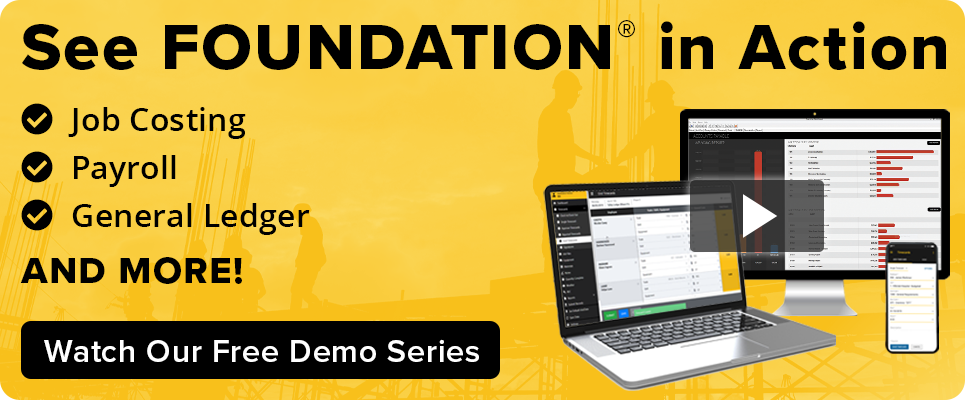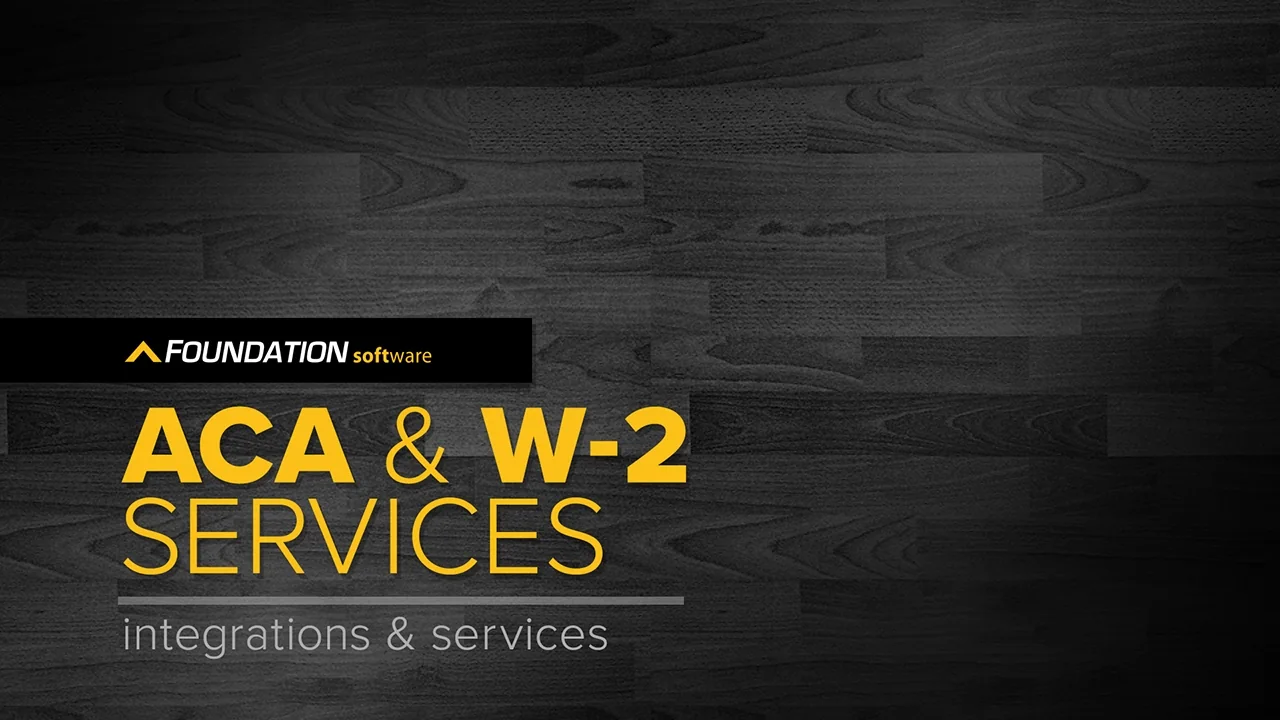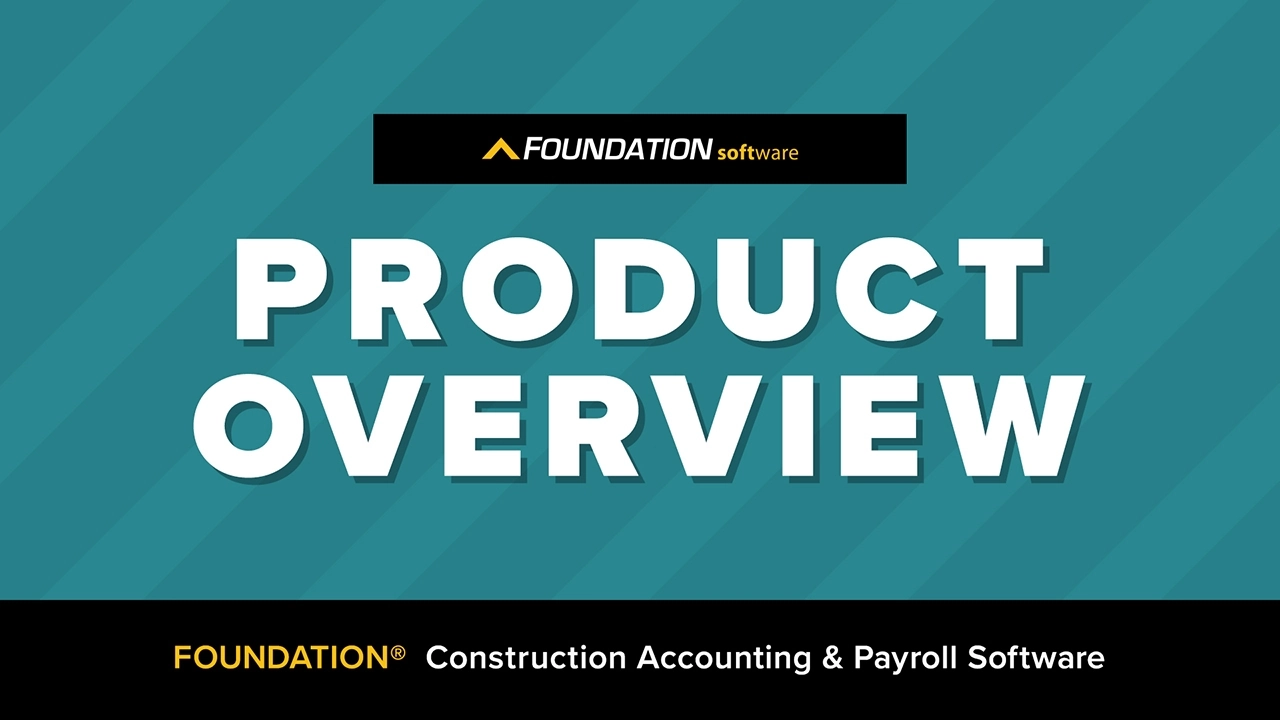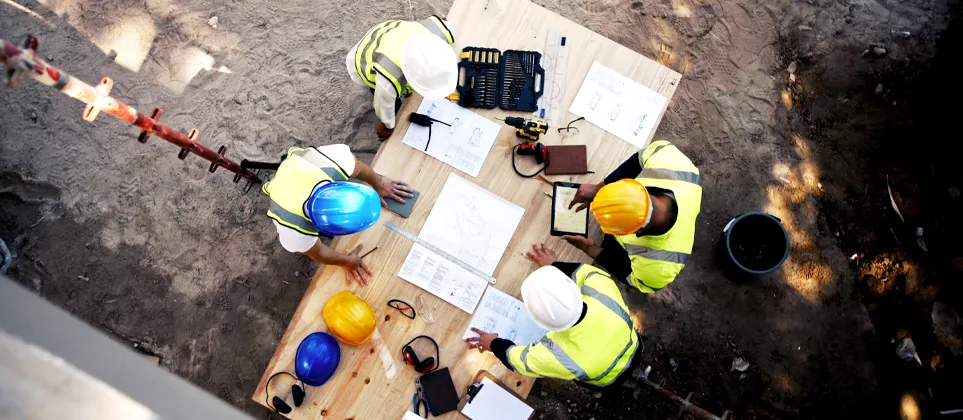
As a contractor, you need to know exactly where every dollar goes on your jobsites. When managing multiple projects, tracking your money becomes vital for keeping your business running smoothly.
One essential tool that can help you stay on top of your finances is the cash flow statement. A cash flow statement shows you exactly how money moves through your business. This includes client payments coming in and crew wages going out.
Cash flow documents help you understand if you’ve got enough cash to keep your current projects moving forward.
The cash flow statement breaks down your money movement into three main areas: operations, investing and financing. By looking at these areas closely, you can:
- See if your projects are bringing in enough money to cover your costs
- Spot potential problems before you run short on cash for payroll or materials
- Plan for buying new equipment or taking on bigger jobs
Having a clear picture of your cash flow helps contractors make better decisions about which jobs to bid on and when to schedule major purchases. It shows whether you can afford to hire more workers, buy versus rent equipment or take on that bigger commercial project you’ve been eyeing.
To make the most of this tool, contractors need to understand exactly what goes into a cash flow statement. That way, they can use that information to keep projects profitable and the business growing.

This begs the question: What is in a cash flow statement?
Key Takeaways for Contractors Learning About Cash Flow Statements
- A cash flow statement is a crucial financial tool that tracks the movement of money in a business.
- Cash flow statements break down into three main areas: operations, investing and financing.
- Operating activities show whether construction work is profitable by tracking incoming client payments against outgoing expenses.
- The investing section deals with major equipment purchases and sales.
- The financing section shows how contractors are managing loans and debt.
- Construction-specific accounting software can help contractors make better decisions about project management and business growth.
The Importance of Understanding Cash Flow in Construction
When managing construction projects, understanding cash flows is crucial for keeping jobs on track. It’s not just about knowing how much money is moving in and out. It’s about having the physical funds available when contractors need to pay crews, buy materials or rent equipment.
Think about it this way: your books might show a healthy profit margin from that big commercial renovation you just finished. But what if the client hasn’t paid yet? You still need cash in the bank to start your next project. That’s where tracking cash flows becomes important.
As a contractor, staying on top of your cash flow helps you:
- Know exactly when you can afford to order those custom windows for “Project A”
- Decide if you can take on “Project B” while still waiting on payment from current jobs
- Have enough cushion to cover unexpected expenses or issues like weather delays or material price increases
When contractors have a clear picture of cash flows, they can make smarter financial decisions about which jobs to bid on and how to schedule staff.
Being able to show effective cash flow management builds trust with your clients, subcontractors and suppliers. These are people who want to know you can reliably pay for materials and labor throughout the project timeline. In turn, this often leads to better pricing and stronger working relationships.
Components of a Cash Flow Statement
A cash flow statement in construction consists of three main components:
- Operating activities
- Investing activities
- Financing activities
Each section provides unique insights for contractors when looking at different aspects of financial operations.
The cash flow statement tracks cash movements. But it also highlights where contractors use cash. This information offers a complete picture of a company’s financial dynamics.
Operating Activities in a Cash Flow Statement
Let’s look at the first part of your cash flow statement – your day-to-day project operations.
The operations section of the cash flow statements shows contractors whether the construction work is bringing in more money than it’s costing the company to get the job done.
Money flowing in typically includes payments from clients for completed work. This includes things like when you finish framing a building or complete a town hall renovation.
Money going out covers things like paying your crew, buying materials and settling bills with your subcontractors.
If you’re seeing more cash inflow than cash outflow from your projects, that’s a good sign. It means you’re pricing your jobs right and managing your costs well.
If you are consistently spending more than you’re bringing in from your projects, that’s a warning sign you need to address quickly.
When you spot these potential cash flow issues from operating activities, you need to dig deeper to find out why.
- Are you underbidding jobs?
- Have your material costs gone up without adjusting your pricing?
- Are certain types of projects consistently eating into your profits?
Finding these answers helps you fix negative cash flow before it seriously impacts your business.
Investing Activities in a Cash Flow Statement
The second part of your cash flow statement deals with big-ticket equipment and tools. In the world of contractors, this means investments in the workhorses of the business.
The investment cash flow section shows you when you spend money on major purchases. This includes purchasing a new backhoe or cash coming in from selling old equipment.
How a contractor chooses investments tells you a lot about how they are positioning the business for future projects.
Let’s say you just spent $75,000 on a mini excavator. That’s a big investment. But if it means you can take on more foundation work and stop renting equipment for every basement job, it could pay off over time.
When spending money on new equipment, you want to make sure it fits your project pipeline. That new concrete mixer might make sense if you’ve got several big pours coming up. However, it could strain the company’s finances if it’s going to sit doing nothing between jobs.
How contractors handle equipment investments says a lot about where the construction business is headed. Investment decisions shape the business’s future just as much as the quality of work contractors do on-site.
Financing Activities in a Cash Flow Statement
The final part of the cash flow statement deals with the financing cash flow of a construction business. It explains how contractors borrow and pay back money to keep projects moving.
When money comes in from financing, it usually means you’ve taken out a loan.
Applying for loans happens for several reasons. Maybe you got a line of credit to cover materials for that big commercial project. Or maybe you took out equipment financing for that new skid steer.
This kind of financing can help you take on bigger jobs or handle multiple projects at once.
Contractors need to be careful about taking on too much debt. If the company is constantly borrowing money to cover basic project costs, and completed jobs aren’t bringing in enough to make the loan payments comfortably, that’s trouble waiting to happen.
Money going out in this section of a cash flow statement usually shows up as:
- Monthly payments on that equipment loan
- Paying down business lines of credit
- Taking profit distributions for employees or company partners
When making regular loan payments on time, it shows that contractors are managing company money responsibly. But if contractors are taking too much profit out of the business while still carrying heavy debt, that’s a red flag. The business could find itself short on cash when a contractor needs to buy materials for the next project or cover an unexpected equipment repair.
Analyzing a Cash Flow Statement

When reviewing a company’s cash flow statement, contractors need to look at all three parts together – daily operations, equipment investments, and financing. Only then can you get the full picture of your construction business’s financial health.
Hypothetically, let’s say you’re looking at your numbers from the last six months.
Are you consistently bringing in more money from your completed projects than you’re spending on labor and materials? That’s what you want to see.
If a $2,000,000 renovation project brought in steady progress payments while keeping actual costs under control, that’s a good sign.
After looking at the operating activities, you would then look at your equipment investments. Maybe you spent $80,000 on that new excavator. That’s a decent amount of money for a contractor to spend, but it’s not necessarily bad news.
If the new excavator is already booked solid for upcoming foundation jobs at a higher rate than you were charging with rented equipment, that investment makes sense. However, if you’re selling off equipment just to cover next week’s payroll, that’s a serious red flag.
When it comes to looking at the financing section, pay attention to how you’re using loans and credit.
If you’re taking out a short-term loan to buy materials for a big commercial project that will pay out in 60 days, that’s normal business.
But if you’re constantly maxing out credit cards or making late payments just to keep the lights on between jobs, that’s a red flag. You might need to rethink your project management or pricing strategy.
The key is to connect these numbers to what’s happening on your job sites.
- Are your investments helping you take on better projects?
- Are your financing decisions giving you flexibility without creating too much risk?
- Are your day-to-day operations generating enough cash to keep everything running smoothly?
These are the questions that will help you build a stronger, more profitable construction business.
How Contractors Can Use Accounting Software to Help Create Cash Flow Statements
Accounting within the world of construction is different compared to other industries because it has unique financial challenges.
Contractors deal with many projects running simultaneously, each with its own timeline of expenses and payments. Because of this, creating accurate cash flow statements is difficult and time-consuming.
Traditional manual methods of creating cash flow statements often involve gathering data from various sources like:
- Project costs
- Equipment purchases
- Loan payments
Not only is creating financial statements this way time-consuming, but it can also create more mistakes in your cash flow forecast. Construction accounting software transforms this process by automatically collecting and organizing financial data in real-time.
For investing activities, construction software can maintain detailed records of equipment purchases, sales and leases. This becomes important when managing a large fleet of construction equipment, as the system can help you track the financial impact of decisions. All transactions are automatically reflected in your cash flow statement with the use of the software.
Financing activities are also tracked systematically with the help of construction-specific accounting software. The software can track payment schedules, interest expenses and loan balances. In turn, this provides contractors with clear visibility into the company’s financing structure and obligations.
When it’s time to generate a cash flow statement, construction accounting software can instantly compile this data into a comprehensive report. This helps contractors identify which projects are consuming or generating positive cash flow.

Construction accounting software provides real-time visibility into your financial position. Rather than waiting until the end of the month to understand your cash flow situation, you can track it continuously and make informed decisions.
By leveraging construction-specific accounting software, construction contractors can transform the complex task of creating and analyzing cash flow statements into a streamlined, accurate and insightful process.
See How FOUNDATION® Can Streamline Your Cash Flow Tracking and Reporting
Cash flow statements are essential financial tools. They help construction business owners understand and manage their business’s bank accounts. These statements provide contractors with a clear picture of actual cash availability. This information is vital for meeting obligations and planning growth.
Analyzing cash flow statements is critical due to the construction industry’s unique challenges. Many projects run simultaneously, and each has a timeline of operating expenses and payments. That’s why contractors must carefully track cash movements to maintain healthy operations and help contractors avoid cash flow challenges.
FOUNDATION construction accounting software transforms the complex task of cash flow management into a streamlined, automated process tailored specifically for construction companies. The software automatically tracks and categorizes all financial transactions, eliminating manual data entry and reducing errors.
Learn how our purpose-built software can help you optimize cash management, strengthen your financial controls, and make more informed business decisions to drive growth and profitability.
Chat with a specialist today to learn more!
Share Article
Keep on current news in the construction industry. Subscribe to free eNews!
Our Top 3 YouTube Videos
Learn about our software more in depth with product overviews, demos, and much more!

Our ACA reporting & e-filing services include official 1094-C and 1095-C IRS reporting, optional e-filing (no applying for a TCC code required), mailing to your employees and experienced support to help you.

There are plenty of reasons to make FOUNDATION your choice for job cost accounting and construction management software — just ask our clients!

From job cost accounting software, to construction-specific payroll. Get an overview on your next all-in-one back-office solution.



